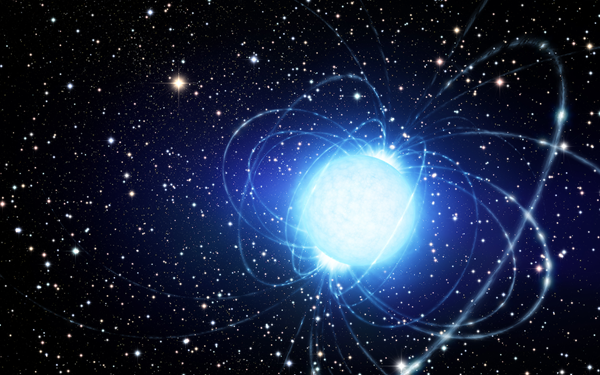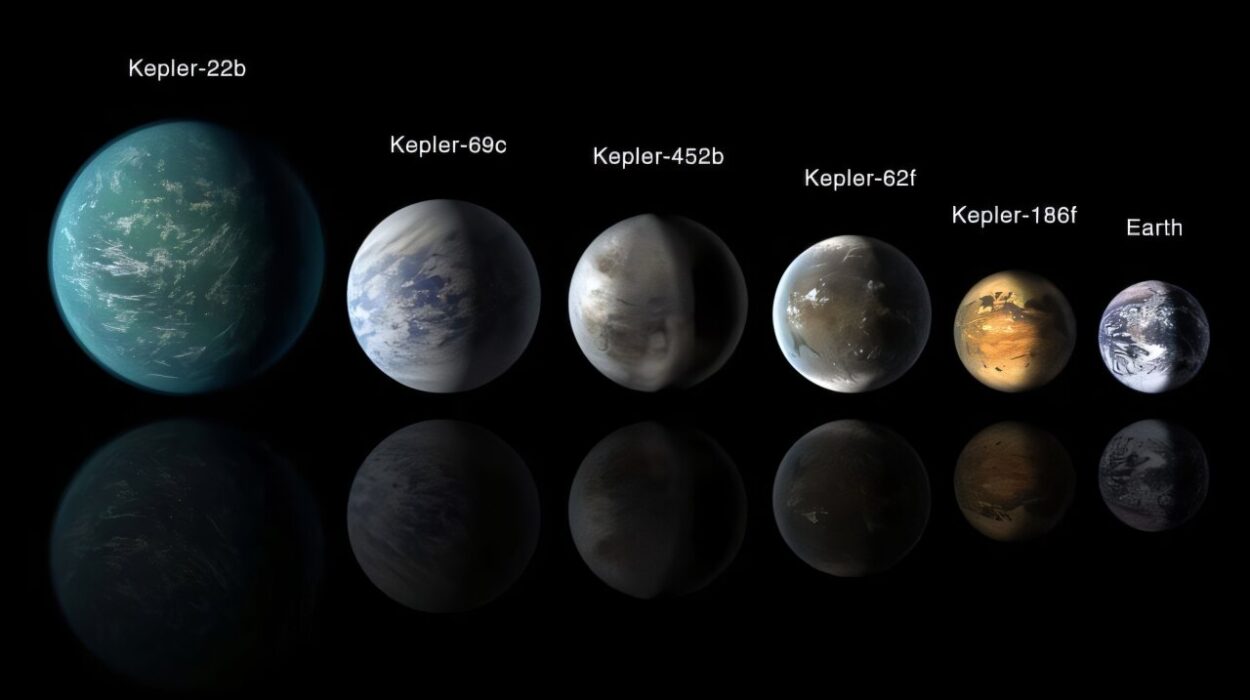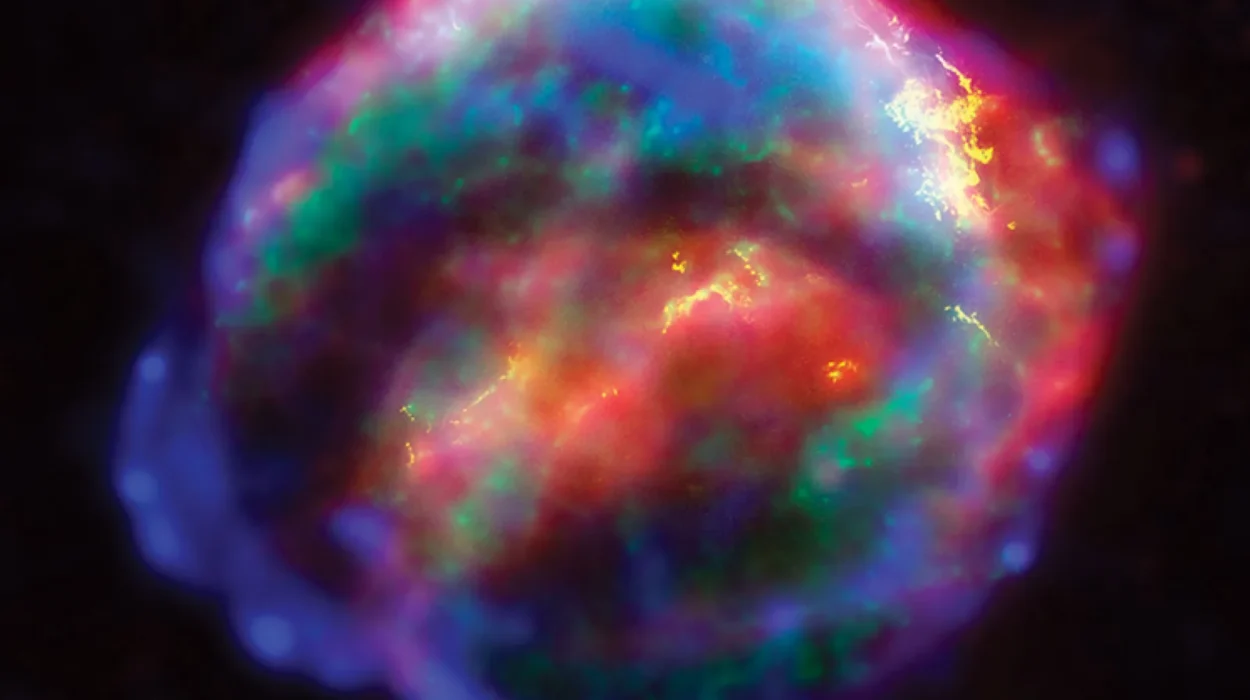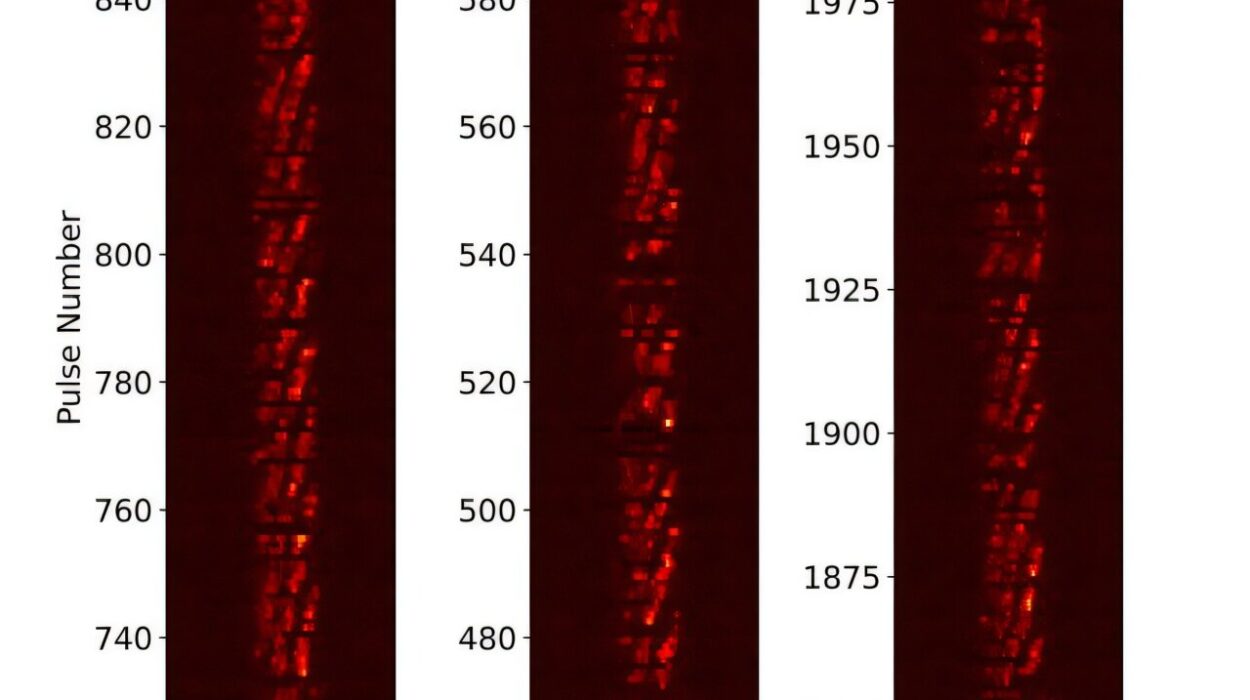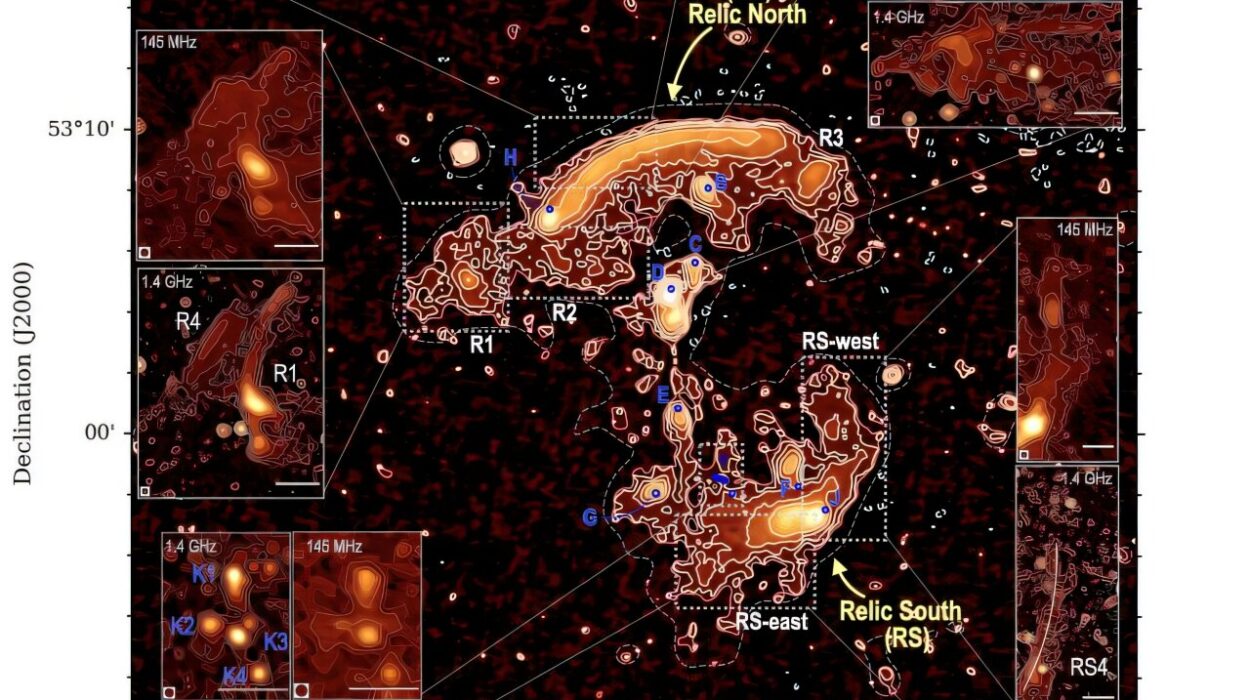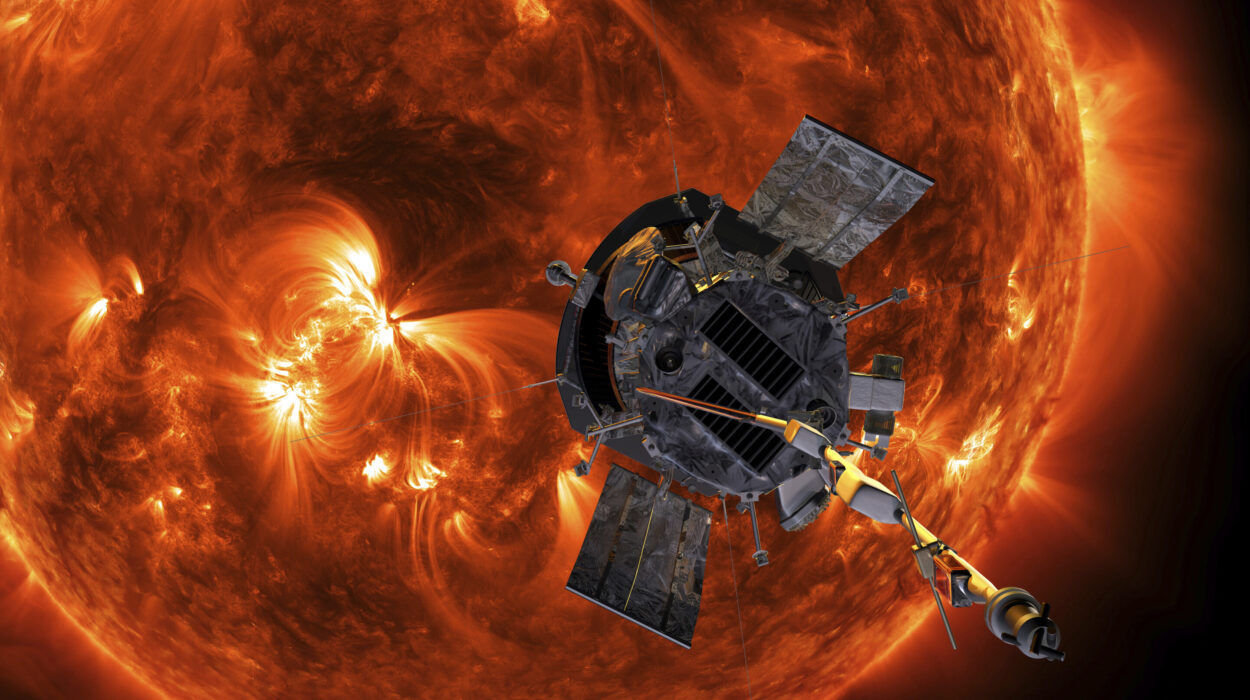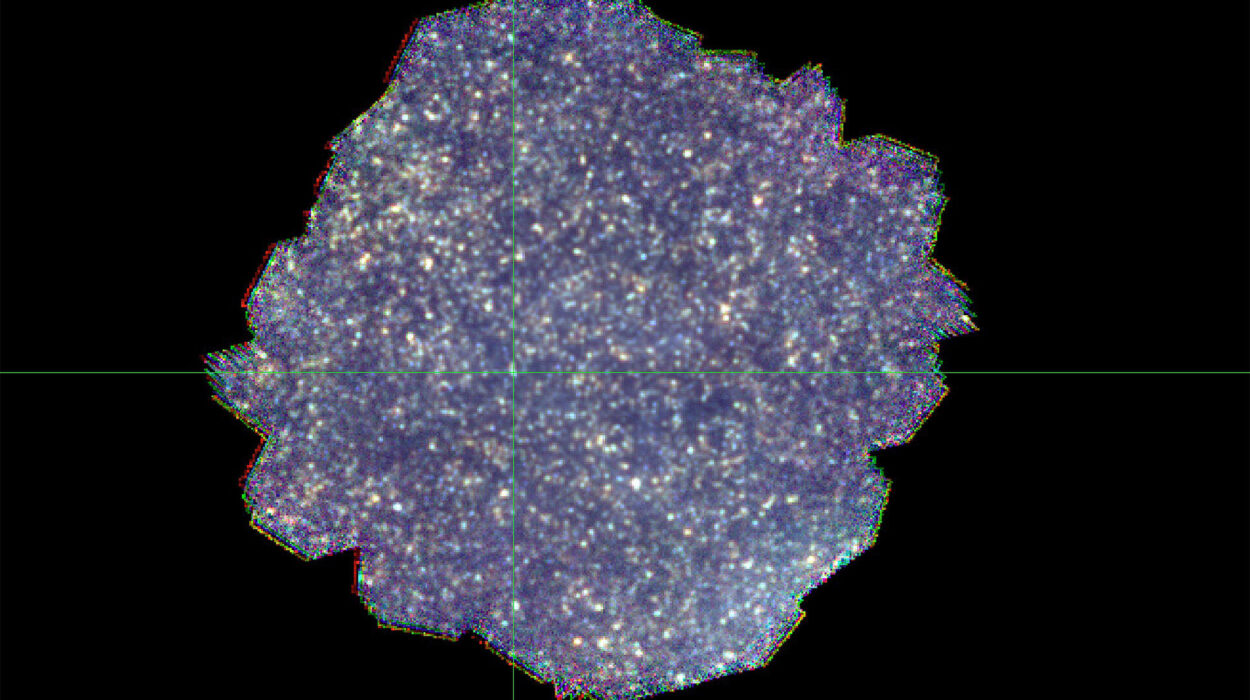In the vast black ocean of the cosmos, where galaxies drift like islands and time stretches across millennia, some of the most powerful, mysterious, and awe-inspiring objects remain invisible to the naked eye. These are neutron stars—compact remnants of once-massive stars that have exploded in brilliant supernovae and left behind an object so dense, so extreme, that the very laws of physics seem to bend around them.
A neutron star is not merely a dead star—it is a triumph of gravity, a laboratory of exotic matter, and a silent witness to the violence of stellar death. These objects are small in size, typically only about 20 kilometers (12 miles) in diameter, but their mass can exceed that of our Sun. Picture a spoonful of material from a neutron star: it would weigh more than Mount Everest.
And yet, neutron stars are not just fascinating because of their density. They spin, emit powerful radiation, create gravitational waves, and occasionally even merge in collisions that forge gold and other heavy elements. They are physics in the extreme, sitting at the very edge of our understanding of space, matter, and time.
In this journey, we will explore the strange life cycle of neutron stars, the unimaginable conditions they represent, the ways we detect them across vast distances, and what they continue to teach us about the universe. These are not just stars—they are cosmic enigmas, the densest objects in the known universe short of black holes, and they are waiting for us to listen.
The Birth of a Neutron Star: Cataclysmic Origins
Every neutron star begins its life in the heart of a massive star. When such a star exhausts the nuclear fuel in its core—typically hydrogen and helium—the outward pressure that has counterbalanced gravity begins to fade. For millions of years, nuclear fusion has fought against the pull of gravity. But fusion is a limited resource. When it’s gone, gravity wins.
The star’s core begins to collapse under its own weight. Temperatures rise, pressures soar, and the atoms that made up the star’s core are compressed into a soup of neutrons. Protons and electrons are squeezed together to form neutrons in a process called inverse beta decay. Within moments, the core is transformed into an unimaginably dense sphere of degenerate neutron matter.
The outer layers of the star, no longer supported by pressure from the core, crash inward and then rebound in a massive explosion—a supernova. The supernova sends shockwaves rippling through the cosmos, seeding the galaxy with heavier elements forged in the dying star. But what remains is something much stranger: a neutron star.
What is left is about 1.4 times the mass of the Sun crammed into a ball barely 20 kilometers across. It doesn’t shine like ordinary stars. It doesn’t burn fuel. It simply is—a monument to gravitational collapse, held up not by the pressure of fusion, but by the quantum mechanical principle that no two neutrons can occupy the same space.
The Nature of Density: Matter Pushed to the Brink
Let’s dwell for a moment on what we mean by “dense.” Density, simply put, is mass divided by volume. A neutron star’s density is almost beyond comprehension—roughly 101710^{17} to 101810^{18} kilograms per cubic meter. To put that in perspective, imagine compressing the entire human population into the size of a sugar cube. A neutron star does this to every atom of matter it contains.
Atoms, in the regular world, are mostly empty space. The nucleus is tiny compared to the overall size of the atom, and electrons orbit at relatively vast distances. But in a neutron star, there are no atoms in the conventional sense. The matter is essentially a fluid of tightly packed neutrons, a degenerate neutron gas where all space is filled.
This state of matter is so exotic that it doesn’t exist anywhere else in the universe that we can access. We cannot recreate these densities on Earth—not even in the most powerful particle accelerators. The pressure is so immense that electrons and protons merge to form neutrons. The result is a single gigantic atomic nucleus.
In some models, the core of a neutron star may even transition into even stranger states—quark matter or “strange matter”—where the individual neutrons themselves dissolve into their constituent quarks, forming a dense soup of up, down, and perhaps even strange quarks. But this remains theoretical. The true interior of a neutron star is beyond our reach, a mystery hidden beneath a crust of compressed atomic nuclei.
Surface and Structure: Layered Complexity
While the core may be a seething mass of neutrons, the structure of a neutron star is far from uniform. It is layered, like an onion, with each shell containing matter in progressively more exotic forms.
At the very surface lies a thin crust of iron-like atoms, possibly just a few centimeters thick. These atoms are squeezed into a lattice, their electrons stripped away by gravity. Below that is the outer crust, where neutron-rich nuclei are packed so closely that electrons form a degenerate gas.
Deeper still lies the inner crust, a region where free neutrons begin to appear between nuclei. This is followed by the outer core, where matter is primarily neutrons, mixed with a smaller fraction of protons, electrons, and perhaps muons.
Finally, the inner core may hold the most exotic matter of all—possibly hyperons (particles containing strange quarks), or even a free-flowing quark-gluon plasma. This is the heart of the neutron star, a realm where the fundamental forces of nature—gravity, electromagnetism, and the strong nuclear force—compete at their maximum strength.
The crust is also subject to incredible stress. Occasionally, it cracks—resulting in a “starquake,” which can release a burst of X-rays or gamma rays. These quakes can slightly alter the rotation of the neutron star, causing sudden jumps in its spin rate, a phenomenon known as a “glitch.”
Pulsars: Lighthouses of the Universe
Not all neutron stars are equally quiet. Some emit beams of electromagnetic radiation from their magnetic poles. If the neutron star is spinning, these beams sweep across space like lighthouse beacons. If Earth happens to lie in the path of the beam, we detect a pulse every time the beam sweeps by—hence the name “pulsar.”
Pulsars were first discovered in 1967 by Jocelyn Bell Burnell and Antony Hewish. The signal was so regular—pulsing every 1.3 seconds—that the researchers briefly considered the possibility of extraterrestrial intelligence, jokingly labeling the source “LGM-1” for “Little Green Men.”
But it soon became clear that these were natural objects: rapidly spinning neutron stars with intense magnetic fields. As they rotate, their beams of radiation flash across the cosmos. Some spin hundreds of times per second. These are called millisecond pulsars, and they are among the most precise timekeepers in the universe—better than atomic clocks.
The regularity of pulsars has made them invaluable tools for astrophysics. They have been used to detect gravitational waves, test general relativity, and even probe the interstellar medium. Pulsars in binary systems, where a neutron star orbits another star, offer particularly rich laboratories for extreme physics.
Magnetars: Magnetic Monsters
If neutron stars were not already extreme enough, consider the magnetar—an exotic subtype with a magnetic field trillions of times stronger than Earth’s. Magnetars have magnetic fields so intense that they can distort atomic orbitals, generate X-ray and gamma-ray bursts, and potentially even affect chemistry at great distances.
The exact mechanism behind a magnetar’s magnetic field remains a subject of study. One theory suggests that magnetars are born with incredibly rapid spin rates, amplifying their magnetic fields through a dynamo mechanism. These fields decay over time, releasing vast amounts of energy.
Magnetars are rare—only about thirty are known—but they are among the most violent objects in the universe. In 2004, a magnetar in our galaxy emitted a gamma-ray flare that briefly altered Earth’s upper atmosphere, even though it was located over 50,000 light-years away. Had it been much closer, the effects could have been devastating.
These bursts, though short-lived, release more energy in a tenth of a second than the Sun emits in 100,000 years. They are not only scientifically fascinating—they are also potential threats in the cosmic neighborhood.
Binary Neutron Stars and Gravitational Waves
When two neutron stars orbit each other in a binary system, they slowly spiral inward due to the emission of gravitational waves—ripples in spacetime predicted by Einstein’s general theory of relativity.
On August 17, 2017, the LIGO and Virgo observatories detected the first gravitational wave signal from such a merger, labeled GW170817. The event also produced a kilonova—a bright electromagnetic explosion that was observed across multiple wavelengths.
This single event changed astrophysics. It confirmed that neutron star mergers produce heavy elements like gold, platinum, and uranium. It allowed scientists to study gravity, light, and matter all in one cosmic collision. It was a moment where theory, observation, and cosmic violence converged.
Merging neutron stars are also thought to create black holes. As the two stars spiral together, they eventually collide, compressing their combined mass into an object so dense that even light cannot escape.
These events are among the most powerful in the universe, and they offer a glimpse into the extremes of physics, where matter and energy blur, and spacetime ripples with every heartbeat of gravity.
Life Around Neutron Stars: Can Anything Survive?
With such intense gravity, radiation, and magnetic fields, it seems unlikely that anything could survive near a neutron star. Yet, the universe is full of surprises. Some neutron stars have been found with planetary systems, remnants of the star’s original family or newly formed from the debris of the supernova.
These pulsar planets are unlike anything in our solar system. They orbit rapidly, endure intense radiation, and may consist of exotic materials. One famous example is PSR B1257+12, which hosts at least three planets and was the first extrasolar planetary system ever discovered.
There’s also speculation about exotic forms of life or matter that could exist under such extreme conditions—though this remains firmly in the realm of science fiction for now. Nonetheless, the possibility that something could orbit, or even briefly survive, near a neutron star stretches our imagination and challenges our assumptions about habitability.
Neutron Stars vs. Black Holes: A Cosmic Comparison
Neutron stars and black holes are often discussed together, as both are endpoints of stellar evolution. The difference between them lies in mass and in what happens during the collapse.
If the remnant core after a supernova is less than about 2–3 solar masses, it becomes a neutron star. If it exceeds this limit—the so-called Tolman–Oppenheimer–Volkoff limit—the pressure of neutrons is not enough to stop collapse, and the object becomes a black hole.
Thus, neutron stars represent the last possible stable configuration of matter before gravitational collapse becomes unstoppable. They are, in essence, the last stand of the universe against its own gravity.
Unlike black holes, neutron stars can be observed directly via their electromagnetic emissions—radio pulses, X-rays, gamma-ray bursts. They don’t have event horizons, and they can interact with the universe in spectacular ways. In some senses, they are even more valuable to science than black holes, because they can be studied more directly.
The Future of Neutron Star Research
Neutron stars are not only relics of the past—they are also windows into the future of astrophysics. They push the limits of quantum mechanics, nuclear physics, and general relativity. They offer insights into dark matter, test theories of gravity, and challenge our understanding of matter at high densities.
New telescopes and detectors—like the James Webb Space Telescope, next-generation gravitational wave observatories, and X-ray satellites—promise to unlock further secrets of these compact stars.
Astronomers are also searching for even more exotic forms of matter within neutron stars, like quark stars or preon stars. These remain hypothetical, but they remind us that neutron stars are stepping stones in our ongoing exploration of the unknown.
Perhaps most importantly, neutron stars connect us to the cosmic story. They are the forges where matter is reborn, where the ashes of one star become the seeds of another. They remind us that even in death, the universe finds ways to create, to transform, and to dazzle.
Conclusion: Dwarfs of Light, Giants of Gravity
In the tapestry of the cosmos, neutron stars are the knots where gravity and matter are pulled tight, where nature flexes its muscle, and where the rules we take for granted begin to blur. They are relics of stellar cataclysm, yet they endure—spinning, glowing, warping spacetime, and teaching us more with each discovery.
Though tiny in size, neutron stars are colossal in their significance. They are the densest visible objects in the universe, surpassed only by the unseen black holes. They embody the limits of known physics and hint at realms we have yet to understand.
As we peer deeper into the universe, and as our tools grow sharper, neutron stars will remain beacons—not only of electromagnetic energy, but of knowledge. They are the universe’s own physics laboratories, and they are whispering secrets across space and time. All we have to do is listen.
